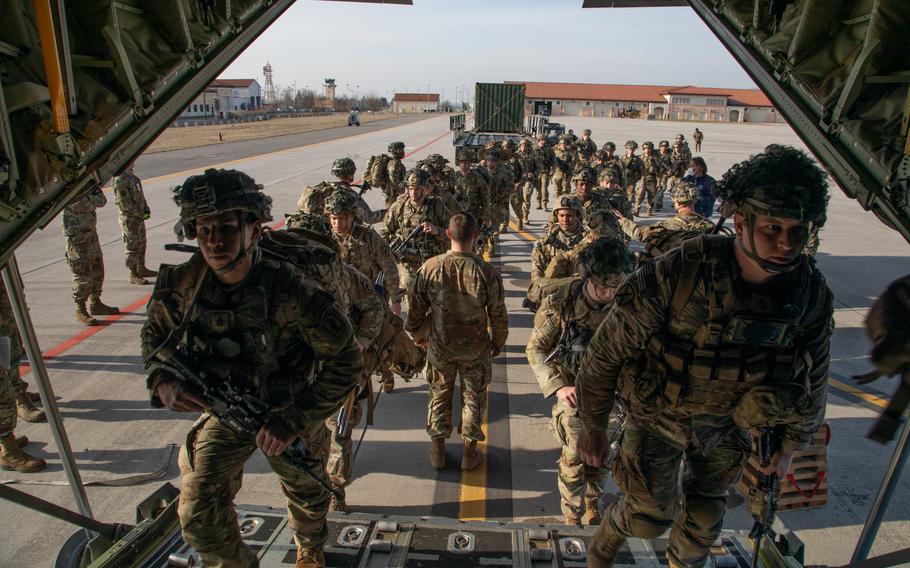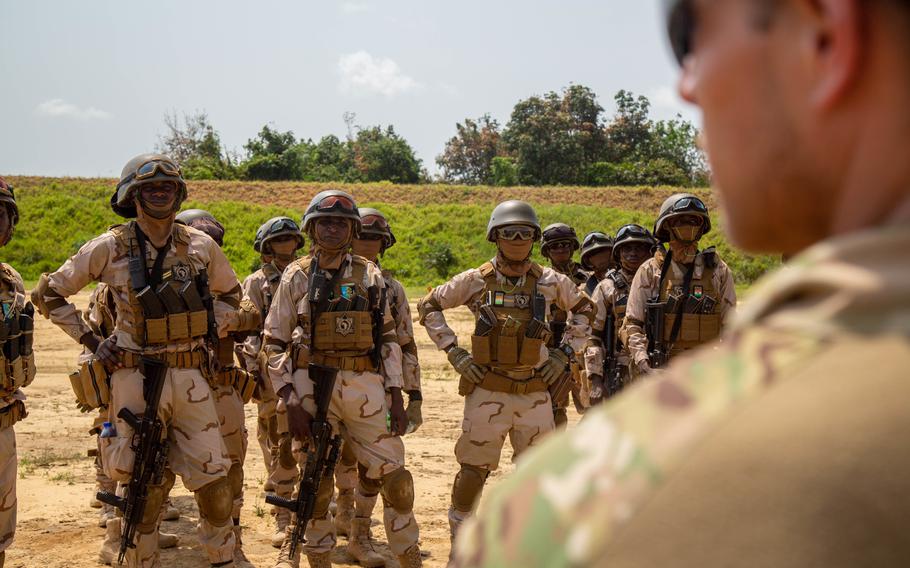JOHN VANDIVER

Sending American weapons and other forms of military support to countries that lack stable governments raises the odds of armed conflict, proxy wars and terrorism in the places where those arms are sent, according to a new Army-sponsored study.
“In such cases, U.S. materiel assistance might embolden regimes in ways that ultimately prove self-defeating,” the Rand Corp. think tank said in a report released Wednesday.
The report, which looked at 65 years of overseas U.S. troop deployments, exercises and military assistance initiatives in 160 countries, revealed that some tools were more effective than others in deterring conflicts and promoting stability.
Perhaps the riskiest of the tools is sending arms to lower-income countries or those with a history of instability.
For example, Rand said it was possible that U.S. military assistance to Georgia “led to more-aggressive policies by the Tbilisi government, which ultimately set it on a collision course with Moscow that ended in the 2008 Russo-Georgian War.”

A service member briefs Niger special operations soldiers on range procedures near Abidjan, Ivory Coast, while participating in Exercise Flintlock, March 2, 2023. A recent Rand Corp. report questioned the efficacy and risks of military aid in countries with fragile political institutions.
U.S. involvement during the Cold War in parts of Africa also was cited as an example of when military aid got misused.
More recently, U.S. weapons intended for the government of Somalia also have found their way into the hands of the al-Shabab terrorist group, Rand noted.
Unmentioned in the scope of the report were recent coups in Niger, Burkina Faso and Mali, all of which previously had close military ties with the U.S.
“Partners with weak political institutions are more likely to suffer destabilizing effects” from U.S. military aid, the report said.
There are options at the Pentagon’s disposal when it comes to projecting power abroad.
Rand’s analysis found that a steady overseas presence of U.S. forces as seen in Europe, Japan and South Korea, and corresponding defense treaties associated with those places “appear to be the strongest, most consistent tools for deterrence.”
Such arrangements have proved useful in preventing war and, in some cases, hostile measures below the threshold of armed conflict, Rand said.
“These results do not imply that U.S. allies and partners protected by such measures are never the victims of aggression. But they are substantially less likely to be targeted,” Rand said.
Less effective as deterrents are more periodic exercises and troop deployments, such as the Dynamic Force Employment concept.
That concept, developed by former Defense Secretary Jim Mattis and still in use, revolves around short-notice missions over relatively short duration that are intended to showcase the military’s flexibility to adversaries.
Such short-term drills are likely more useful as tools for practicing tactics rather than serving as signals of U.S. resolve to adversaries, the report said.
On the downside, Rand found that in general, a U.S. military presence was associated with an increase in terrorist attacks.
“This is true across the spectrum of forces, footprints and agreements, and activities,” Rand said.
However, the analysis indicates that in most of those terrorism cases, the scale of attacks tended to be small. Most instances happened during the Cold War, when organizations like the Red Army Faction were active in Germany.
A lot also depends on the wealth of the partner state, with low-income countries at greater risk.
“Advanced industrialized countries are typically of greater strategic significance to the United States, and they typically are better able to convert U.S. security cooperation into usable military capabilities,” Rand said.
The U.S. could take more steps to mitigate risks when working with less advanced countries, such as adjusting the types of equipment it provides, Rand said.
“The transfer of attack helicopters, for instance, has more potential for misuse than the transfer of coastal radar systems or coast guard cutters,” Rand said.
No comments:
Post a Comment